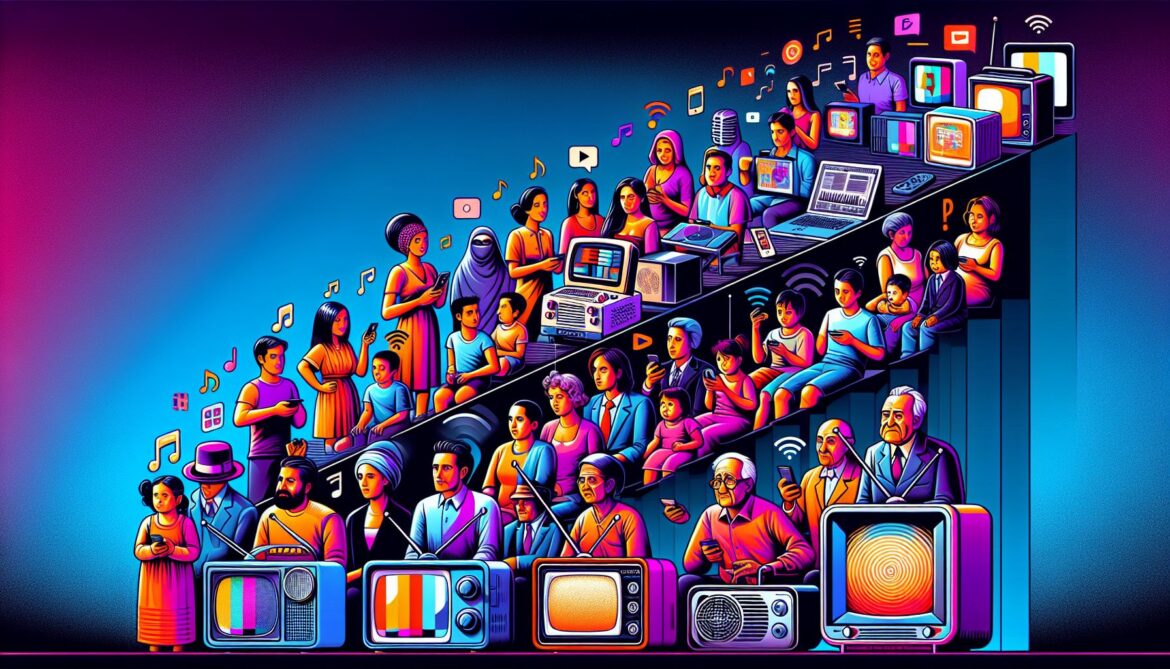
Streaming services have grown to become a cornerstone of entertainment in the 21st century, revolutionizing the way we consume and interact with media. Their impact is hard to overstate, fundamentally reshaping our relationship with entertainment and the broader world of media.
According to a report by Statista, as of the first quarter of 2020, the number of Netflix’s paid subscriptions reached approximately 183 million worldwide, a crystal-clear testimony to the massive adoption of streaming services. These platforms’ rise presents not just a shift in media consumption but a significant cultural shift.
At their infancy, platforms such as YouTube and Vimeo brought forth a new paradigm where individuals could attract millions of viewers from their living rooms. These platforms democratized video content production and consumption, marking an era where anyone with a camera could potentially become a media mogul.
As the era of user-generated content exploded, behemoths like Netflix and Amazon Prime began to rise. Initially, aggregators of external content, their models have evolved to focus increasingly on original content production. They’ve presented a platform for stories that stray from the typical blockbusters, allowing for greater variety and diverse representation. This evolution has caused a fundamental shift in the entertainment industry, encouraging traditional players to establish their own streaming services, such as Disney+ and HBO Max.
The “cord-cutting” phenomenon, where viewers are shifting from traditional cable subscriptions to streaming services, is hugely impacting the television industry. According to eMarketer, the number of cord-cutters is expected to reach 31.2 million in the U.S by the end of 2020. Streaming services’ convenience, coupled with their ability to offer personalized content at a lower cost, has introduced a new dimension to the consumption of content.
With streaming platforms taking center stage, traditional media formats have gone through changes. The episodic nature of television is no longer dictating content structures, and binge-watching has become a cultural norm. Movies have found a new lease of life on these platforms, with many finding success without ever seeing a theater’s insides.
Looking beyond films and TV series, streaming has also permeated the music industry. Platforms like Spotify and Apple Music are dominating with the trend of on-demand music consumption. As per a report from IFPI, streaming now accounts for nearly half of global music revenue, completing the penetration of streaming into all forms of media.
While there are many positives to increased viewership and content diversity, challenges persist. Questions about privacy, data security, and the dominance of an oligopoly of streaming giants persist. The sustainability of creator-driven platforms also remains an open question.
In conclusion, streaming services have undeniably reshaped entertainment, offering a plethora of benefits for consumers and creators alike. However, the rapid growth and dominance of streaming services are not without their fair share of challenges. As we move forward into this new era of entertainment, it remains to be seen how these services will further evolve and impact the media landscape. Regardless, one thing remains clear: streaming is here to stay, and its influence will continue to shape our entertainment culture in years to come.


